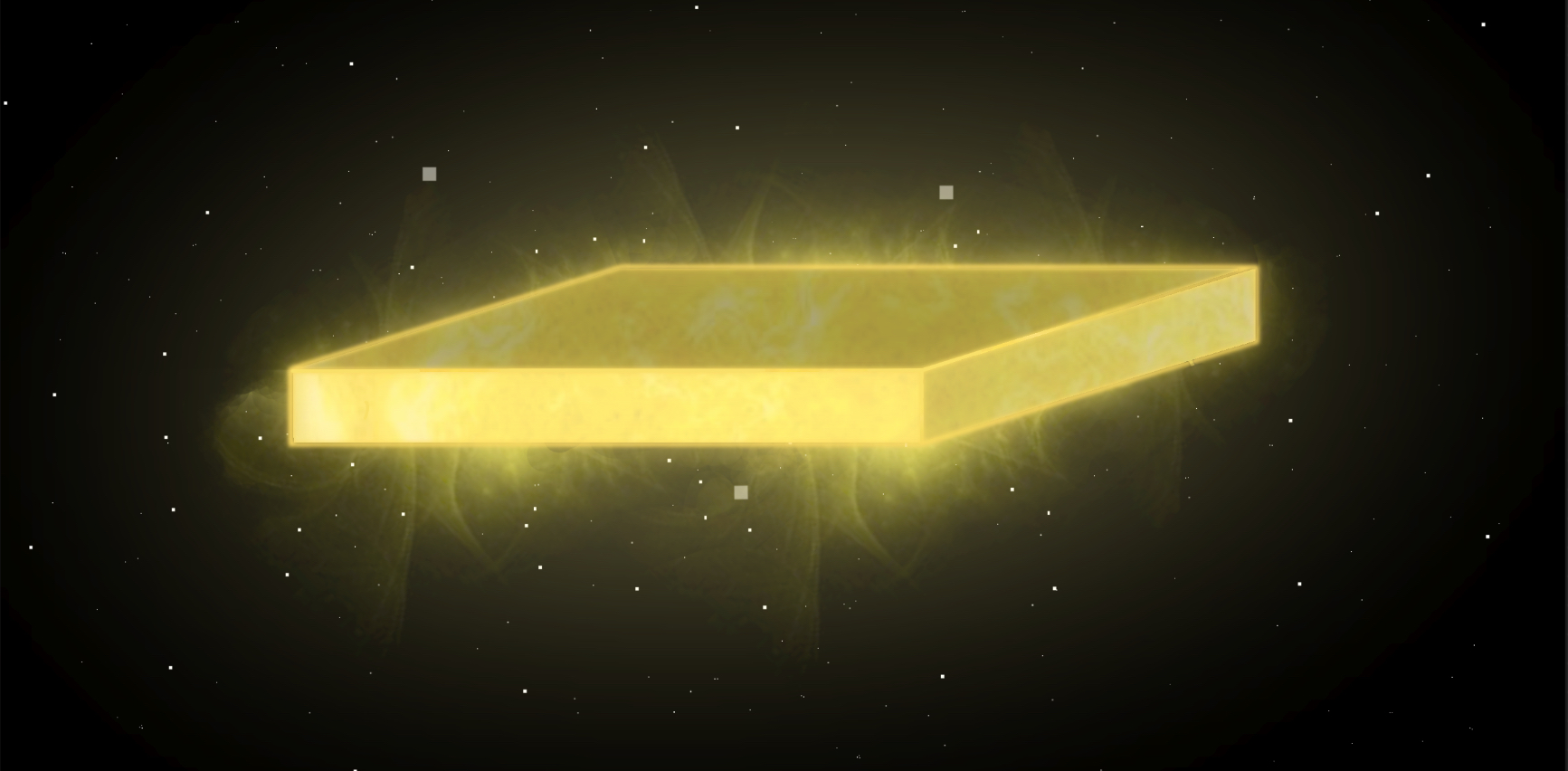From Minecraft to memes: arXiv Fool's Day 2023
Posted by David Zaslavsky on — CommentsThat’s right, it’s time for this blog’s annual tradition: an update to the list of April 1 arXiv joke papers! It started six years ago on Academia Stack Exchange and since then has grown into the most comprehensive list of joke papers on arXiv that I know of.

It’s slim pickings this year, though, with only six joke papers (maybe five) posted so far. Maybe it’s because April 1 is on a Saturday, when arXiv doesn’t update. I’ll be watching the feeds on Monday to see if there are more.
Until then, here’s what we’re looking at: as is typical in the modern era, exoplanets are a hot area of joke research. Or… could it be the lack of exoplanets? There is a brilliant theoretical study of cuboid stars, or squars, showing how they can neatly explain the light curves that have been claimed to provide evidence of exoplanets without the need for any additional celestial bodies, and touting the virtues of Minecraft for astronomical simulation. On the other hand, another group at the same institution has made a counterproposal that everything is exoplanets! (This is the first instance I know of where an April 1 paper actually cites another one from the same year.) Clearly this topic is far from settled, and it’s going to be an exciting source of developments for years to come.
Outside of exoplanets (unless they are, in fact, everything), there’s also a rather poetic pontification about open star clusters and their “tails”, stars that have been pulled away from the cluster by tidal forces. This one actually has a veneer of respectability, though: despite all the flowery language, it seems as if it’s talking about a legitimate astronomical concept. And a paper exploring the correlations between UFO sightings, hot air balloons, and meteor showers makes some fairly insightful statistical points. However I leave it to the reader’s judgement to evaluate the conclusion that “reported UFOs are frequently lighter-than-air craft that use meteor showers as a screen to enter the Earth’s atmosphere and possibly use their host bodies to cloak their approaches towards Earth”.
Moving along the line towards even more legitimate research, I was very pleased to see another meta-study, this one investigating whether using cheeky paper titles gets you more citations. And according to their analysis, it does! You can’t overdo it, though: “Striking the right balance is therefore crucial. May we recommend aiming for a level 4 cheekiness on a scale of 1-5.” Overly cringey meme titles are out. There also appears to be a 15% citation boost from incorporating a colon. I can only hope that this applies to blog posts as well.
Finally, what may be the most legitimate of all: a submission called Finemensch Lectures on the Strong Interactions caught my eye with its submission comment “99 pages, zillions of figures; submitted to Unphys.Rev.D. Any resemblance to actual persons or physics is purely coincidental.” Knowing that Unphysical Review sets a high bar for (something that may or may not be related to) quality, I had high hopes, but on the other hand, nobody writes 99 pages for an April Fool’s Day paper… right? Well, apparently now they do. This paper is actually 99 pages long and it actually appears to outline a lecture series in particle physics, complete with real equations and exercises. Color me confused. (And if you read the paper maybe you can figure out where “confused” fits into SU(3) color space.)
If these don’t whet your appetite for classic arXiv Fools’ Day science, have a look at the the whole list! And as usual, please let me know of any papers I’ve missed.